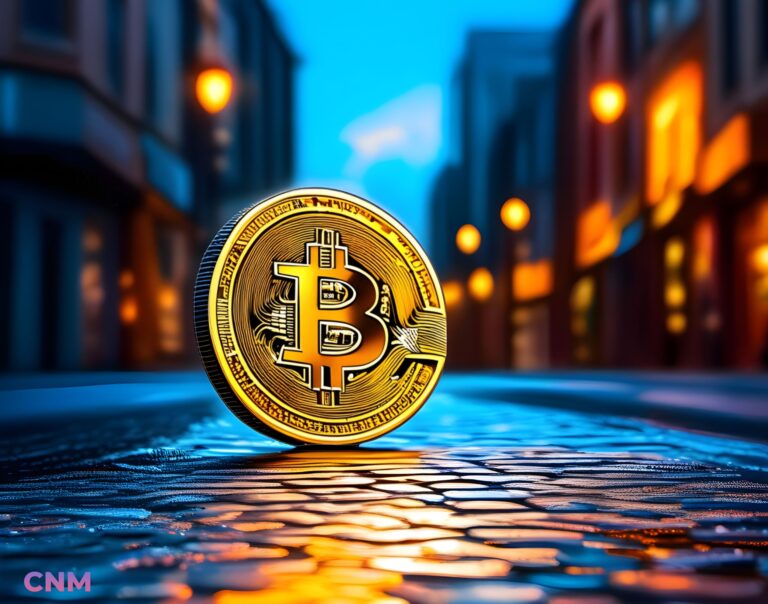Understanding the Economic Differences Between Inflationary and Deflationary Cryptocurrencies

- Cryptocurrencies with inflationary potential have an ever-growing market supply.
- Deflationary currencies have a constant supply, while demand tends to increase, causing a potential decrease in the supply for some individuals.
A cryptocurrency with inflationary value is one whose value is anticipated to decline over time. Its inflationary aspect is typically caused by a gradual increase in the supply of coins over time as a result of minting. So, even when demand is stagnant, declines, or rises more slowly than the supply increment, supply is always anticipated to rise.
A deflationary cryptocurrency is one whose price is anticipated to increase over time. A cap on the total number of coins that may be found on the blockchain gives this currency their deflationary properties. Deflationary cryptos typically have stagnant or declining supplies rather than raising the total number of coins available on the market.
Inflationary Cryptos
Cryptocurrencies with inflationary potential have an ever-growing market supply. These cryptos, however, heavily rely on a number of other factors to determine which disinflationary strategies will be used.
There are set restrictions on the maximum amount of coins that can ever be produced for several cryptocurrencies. Bitcoin (BTC), which has a total of 21 million coins, is a suitable illustration. At that point, the cryptocurrency is anticipated to transition into a deflationary cryptocurrency, one with a fixed supply versus an anticipated rise in demand.
The opposite of the coin is the infinite supply of inflationary cryptocurrencies. As such currencies can always be minted, it is extremely improbable that they will ever cross the bridge to the deflationary side.
Supporting Evidence for their Inflationary Character
It may seem counterproductive to permit such a scenario knowing that continuing to mint would lead to inflationary pressures. Nonetheless, there are strong justifications for their existence.
The first is that inflation encourages spending and is not always bad. In order to prevent a quick decline in purchasing power, it is crucial to have it at constant and low values. Spending on cryptocurrencies results in demand, which is frequently larger than the rate of inflation.
Second, mining currencies serves as an additional means of increasing blockchain participation. Coins are frequently given as compensation to those who take part in the mining process. As a result, more people are becoming interested in the procedure.
Last but not least, the creation of new cryptos is typically essential to the blockchain’s regular operation. The verification of transactions on the blockchain through mining or staking results in the creation of new currencies for circulation. So, it is inevitable that blockchains will experience inflation.
Inflation-Reducing Measures
Developers of several inflationary cryptocurrencies frequently employ effective anti-inflationary strategies. These regulations were put in place to eventually slow the rate of inflation.
Burning coins is a typical illustration. Several blockchains have the commitment to burn a certain number of coins, which may be a fixed quantity or a percentage of the entire supply of coins. The total amount of cryptos in circulation decreases as a result. It eliminates the inflationary pressures that have built up over time and ensures the value of investments.
When a specific number of blocks are mined, the reward amount on some blockchains is reduced. For instance, the halving event for Bitcoin lowers the quantity of newly created coins. The result is that, despite coins continually being produced, the inflation rate eventually decreases to the point at which cryptocurrencies begin to appreciate and behave deflationary.
Deflationary Cryptocurrencies
Deflationary currencies have a constant supply, while demand tends to increase, causing a potential decrease in the supply for some individuals. Binance Coin, or BNB, is an example of such a currency, which will continue to burn tokens until it reaches 100 million tokens.
Another type of deflationary coin is the one that is associated with a commodity or asset. Such coins tend to appreciate in value over time, causing the coin to gradually increase in value. For instance, real estate NFTs are a perfect example of this trend.
Arguments in Support of Their Existence
Because they can maintain their value over time or even increase in value, deflationary currencies are becoming a more and more popular choice. They serve as a Hodler’s paradise and are ideal for long-term investing plans.
Comparatively speaking, these currencies have a greater use case than inflationary coins. Pricing structures utilizing such cryptos make more economic sense than those using the more volatile inflationary ones since they can keep their values over time.
In summary
For investors in the cryptocurrency realm, currencies with inflation and deflation both present a variety of alternatives. The decision is greatly influenced by the investor’s unique needs and goals.
However, both of these assertions are not necessarily accurate. Coins that have a high burn rate tend to fluctuate between deflation and inflation on a frequent basis.
Similarly, unstable market conditions can affect both deflationary and inflationary coins. A good example is the recent bear market in currencies caused by increases in global interest rates to combat inflation. During this period, all cryptocurrencies, whether deflationary or inflationary, experienced significant losses in value.











+ There are no comments
Add yours